
Declaration of love for the threatened Alpine glaciers
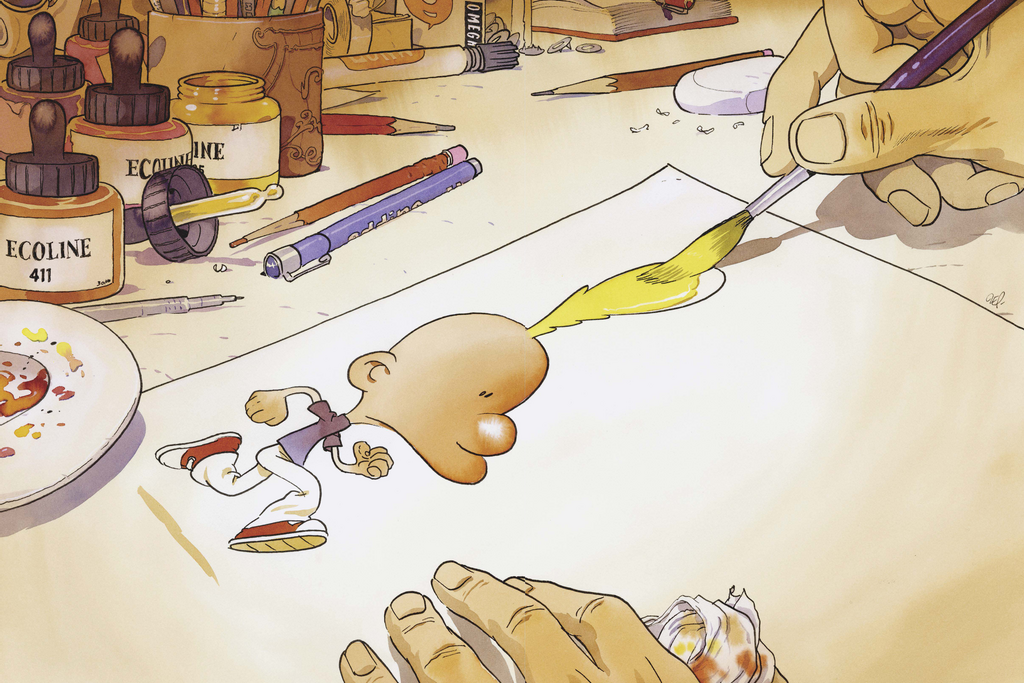
Zep asks Titeuf to save the planet
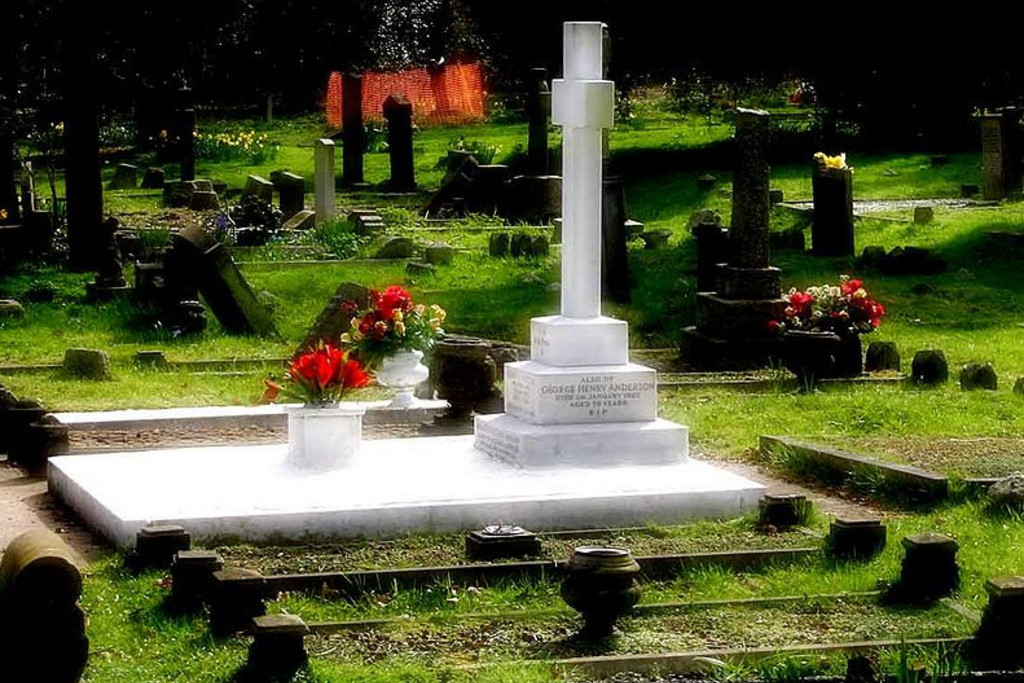
Poetic tributes to the lonely deceased

The tale of a valley
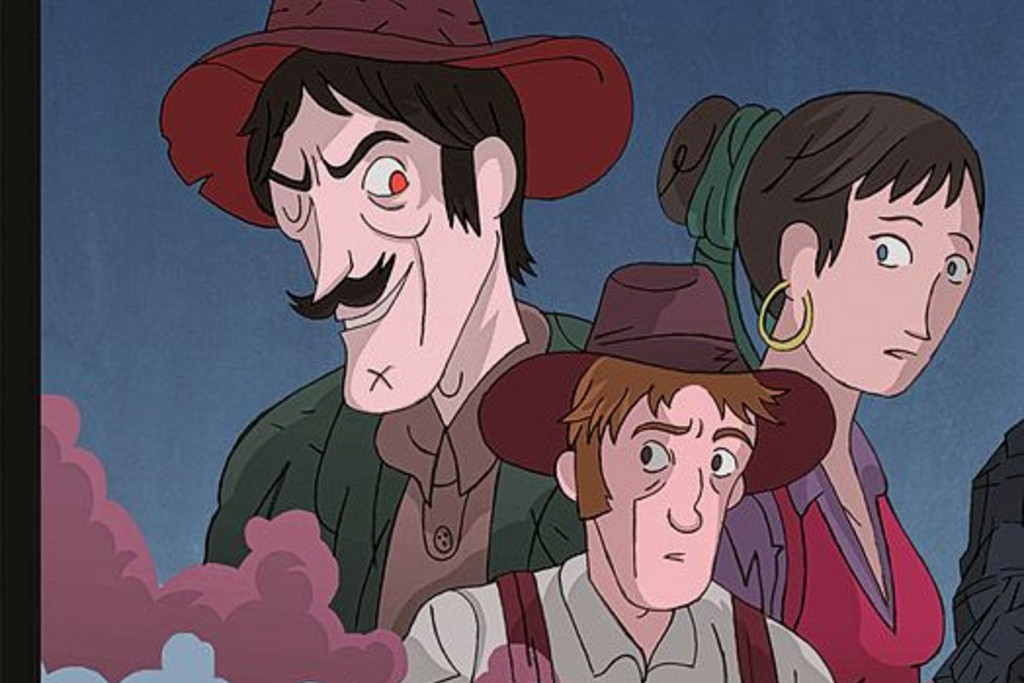
“La grande peur dans la montagne”
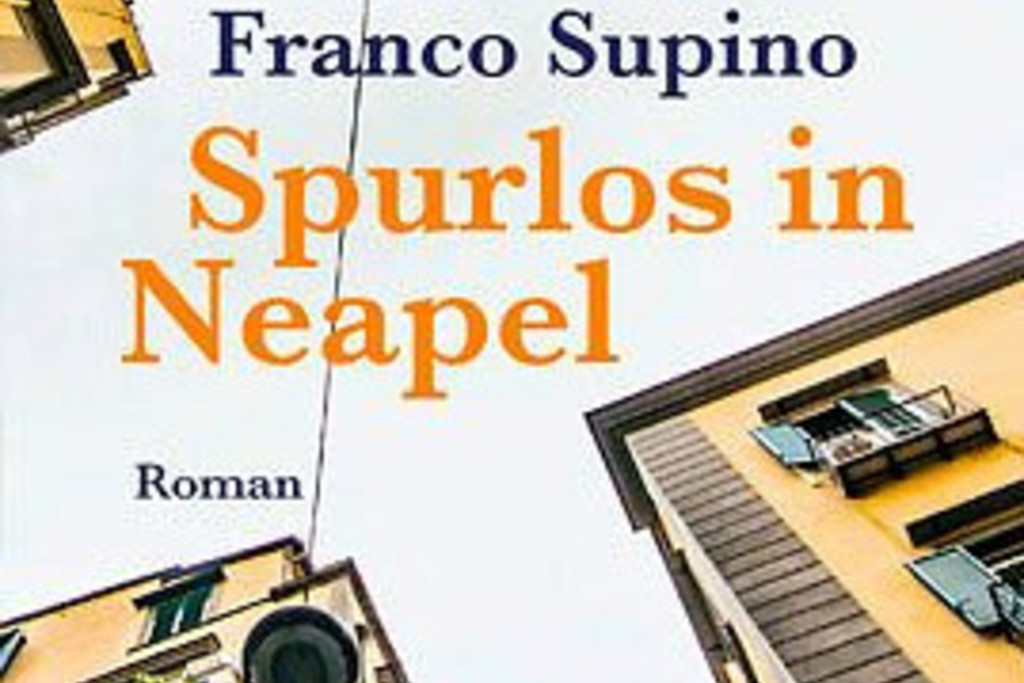
Lost in Naples

Carolin Amlinger, Oliver Nachtwey | An egocentric freedom
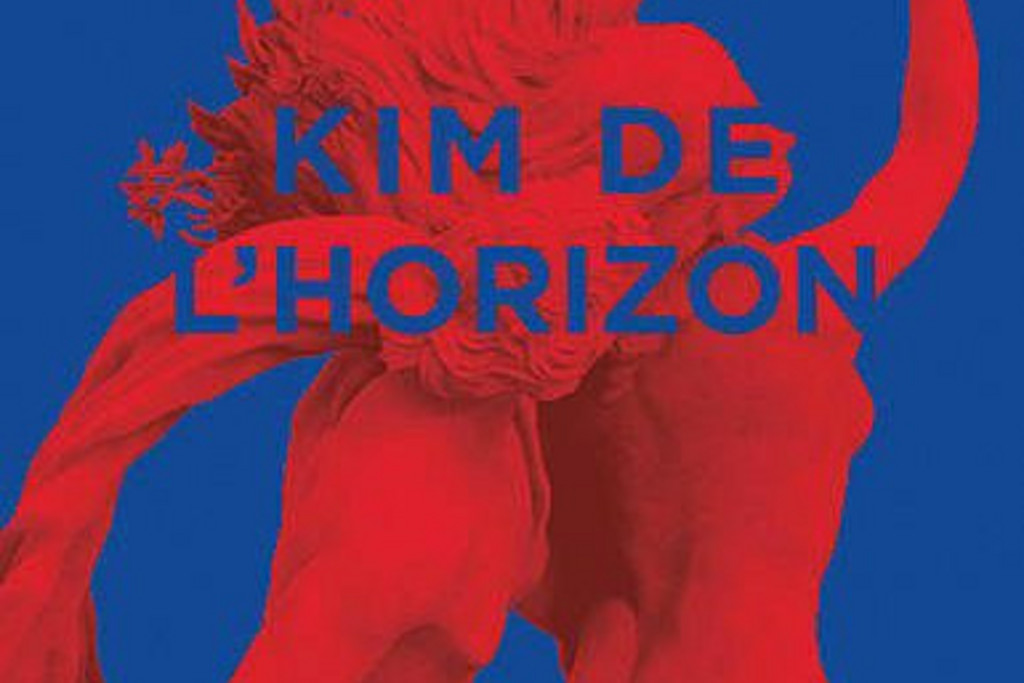



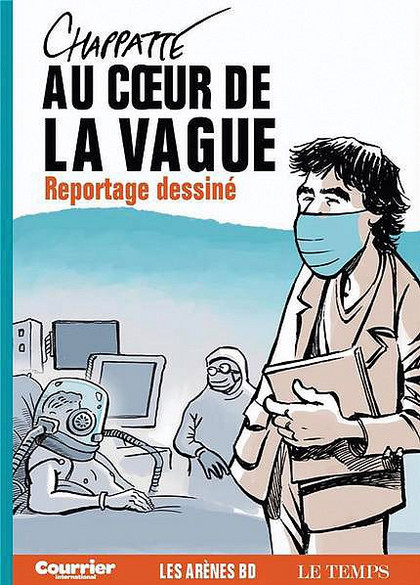
Comments